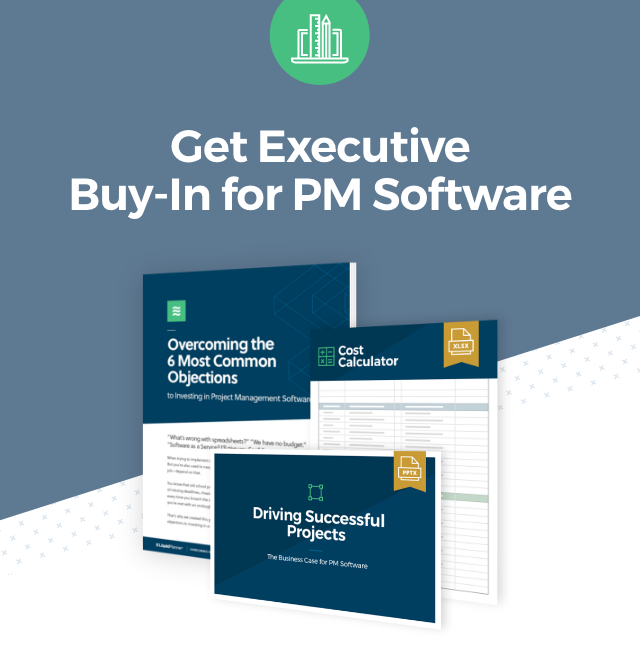In the complex world of project management, some projects go smoothly and according to plan, completing on time and under budget, while others are fraught with problems. While there are many reasons why projects go off the rails, one of the most common is a lack of buy-in from the stakeholders, including members of the senior executive team.
There is more to senior stakeholder buy-in than simply approving the funding for the project. During project delivery, there will inevitably be key business decisions to make, and this will require the engagement of senior executives in the project to help make them.
Successful engagement can be at the mercy of the boardroom politics that can come into play.
Some executives will engage with a project as far as the sign-off stage, before shifting their focus on to the next new thing. Others, who by nature are resistant to change, may never really be engaged from the outset. Then there are the newcomers to the top team, who, anxious to stamp their mark early in their tenure, start off downsizing the project portfolio.
Project buy-in at the top level is invariably the result of inclusive negotiations that clearly define the various stakeholders’ roles within the process. Without that, senior executives can become disillusioned and ultimately disengaged.
So how does the PM win over the boardroom, and secure the buy-in that is crucial to project delivery?
Answer “What’s In It for Me?”
Senior management stakeholders are notoriously time-poor and under constant pressure. A lack of buy-in to a project doesn’t necessarily reflect a lack of interest. They may not consider it a high enough priority to devote what little time they have.
The PM needs to find ways to make it easier for them to engage with the project. The situation could be improved simply by rescheduling project meetings, or changing the way that project updates and other information are presented to them.
Their interest in the project is also more likely to increase if they can see the benefits. “Projects should be aligned to corporate objectives, but PMs need to be able to answer the ‘What’s in it for me?’,” says Karlene Agard, a risk and value management professional who works with project managers.
Build a Business Case
New technology is playing an increasingly important role in project management, particularly within the manufacturing, engineering and construction industries, and this too can place senior stakeholders under pressure.
Some executives view automation and technology trends with suspicion; they see money being allocated and spent, but no immediate, tangible sign of any benefits. The reality is that while technology develops at a rapid pace, many senior business people are struggling to keep up with it and to understand the business benefits.
The PM may have to justify the investment in new technology and automation in order to win their support and engagement in the project.
A compelling argument should focus on benefits, such as higher output and revenues and lower cost structures, along with greater opportunities to mitigate risk and pursue business growth. Computer simulations can be helpful in demonstrating to the board members the impact on things like shop floor and production line operations.
If a project is to have any chance of success, it is vital that risks are controlled and contained. Reassurance that risks will be properly managed and not affect the delivery of the project will also be pivotal to winning senior stakeholder backing. A robust risk assessment will demonstrate to senior executives that the PM has considered the project from all angles and put strategies in place to overcome any potential challenges.
“Projects that go beyond a business case to show leadership and demonstrate strategic enterprise thinking make it easier for C-suite buy-in,” says Joe Britto, founder of management training consultancy innate leaders.
Make Stakeholders Feel Valued
Sometimes, a lack of senior stakeholder engagement with a project isn’t a resource issue at all. It could have a more deep-rooted cause. For example, an executive might feel that their contributions are not being considered seriously, or they suspect that the project outcome will not meet their expectations. Rather than voice their concerns or objections, they simply detach from the project and withdraw their support. In these situations, the only way the PM can move things forward is to have an honest discussion with them.
An effective strategy is to ask them for their feedback, for example, their input on any aspects of the project they feel have been overlooked, or suggestions on where things could be improved. This helps to build trust and strengthen the relationship so that they can voice any concerns they have about the project.
Good communication is crucial to successful project management and has been described as the fuel that keeps the project running smoothly. Once senior-level buy-in has been secured, PMs must provide clear communication around project timelines and objectives, and progress, in order to keep those executive stakeholders on board.








